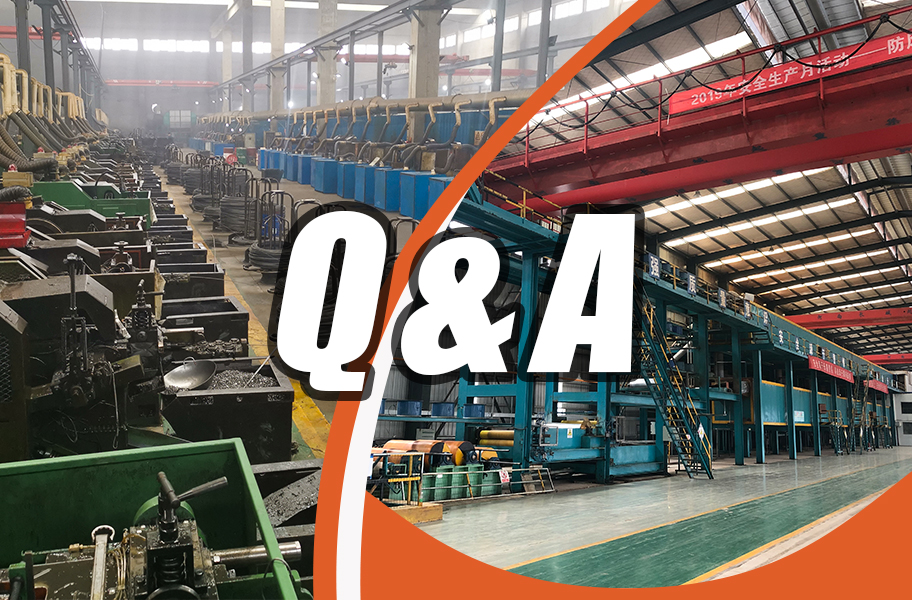PPGI (Pre-Painted Galvanized Iron) sheet and color steel sheet are terms often used interchangeably, but they can refer to slightly different things depending on the context. Let’s break down these terms:
PPGI (Pre-Painted Galvanized Iron) Sheet:

Advantages:
- Corrosion Resistance: Suitable for environments with high corrosion potential due to the galvanized base material.
- Aesthetic Appeal: Offers a variety of color options and surface finishes, making it suitable for architectural and interior decoration applications.
- Versatility: Easy to shape and mold, accommodating various shapes and design requirements.
- Environmental Friendliness: Adheres to environmental standards, making it suitable for eco-friendly projects.
Disadvantages:
- Higher Cost: Relatively higher cost compared to some coating alternatives.
- Maintenance Requirements: Surface damage needs prompt repair to prevent corrosion spread.
- Weight: The presence of a zinc layer increases the weight, limiting its use in lightweight structural projects.
Applications:
- Architectural Cladding: Used for building exteriors, roofs, window frames, etc.
- Appliances: Suitable for manufacturing the outer shells of appliances.
- Automotive Components: Utilized in the production of automotive exterior components.
- Industrial Equipment: Applicable in environments requiring corrosion-resistant equipment, such as chemical plants and manufacturing.
Chinese Suppliers:
- Baosteel Group:
- Company Profile: One of the largest comprehensive steel companies in China, providing high-quality PPGI plates and other coated steel products.
- Website: Baosteel Group official website
- Wuhan Iron and Steel Group:
- Company Profile: Known for producing high-quality steel products, it provides coated steel products, including PPGI sheets.
- Website: Wuhan Iron and Steel Group official website
- Rheinland Technology Group:
- Company Profile: Specializing in providing coated steel products, including PPGI plates and other precision products.
- Website: Rheinland Craftsmanship Group official website
Color Steel Sheet:

Advantages:
- Lightweight: Suitable for projects requiring lightweight structures, aiding in overall weight reduction.
- Cost-Effective: Lower manufacturing costs, making it suitable for budget-conscious projects.
- Easy Maintenance: Low maintenance costs, with surface coatings often providing good weather resistance.
- Processing Flexibility: Easily cut and shaped, offering flexibility for projects with specific design requirements.
Disadvantages:
- Lower Corrosion Resistance: Not suitable for highly corrosive environments, requiring more frequent maintenance.
- Limited Color Selection: Some restrictions on color choices compared to PPGI sheets.
- Consistency in Appearance: Susceptible to variations in appearance due to production batches and material differences.
Applications:
- Temporary Construction: Suitable for constructing temporary buildings, such as site offices and warehouses.
- Large Span Structures: Used in the manufacture of large-span structures like stadiums and exhibition halls.
- Lightweight Warehouses: Ideal for constructing lightweight warehouses and storage facilities.
- Agricultural Buildings: Applicable in agricultural structures like greenhouses and livestock sheds.
Chinese Suppliers:
- Kingfa Technology Group:
- Company Profile: Provides a full range of color steel plate solutions, including design, manufacturing and installation services.
- Website: Official website of Kingfa Technology Group
- Baoding Lockett Lightweight Board Co., Ltd.:
- Company Profile: Specializing in the R&D and production of color steel plates, rock wool boards and other building materials.
- Website: Lockett official website
- Ruian Building Materials Co., Ltd.:
- Company profile: Provides construction and decorative materials such as color steel plates and roof tiles, serving domestic and foreign markets.
- Website: Ruian Building Materials official website
When selecting materials and suppliers, it is crucial to consider specific project requirements, including corrosion resistance, aesthetic needs, budget constraints, and structural considerations. Directly contacting suppliers for samples, specifications, and quotes can better meet project needs.



